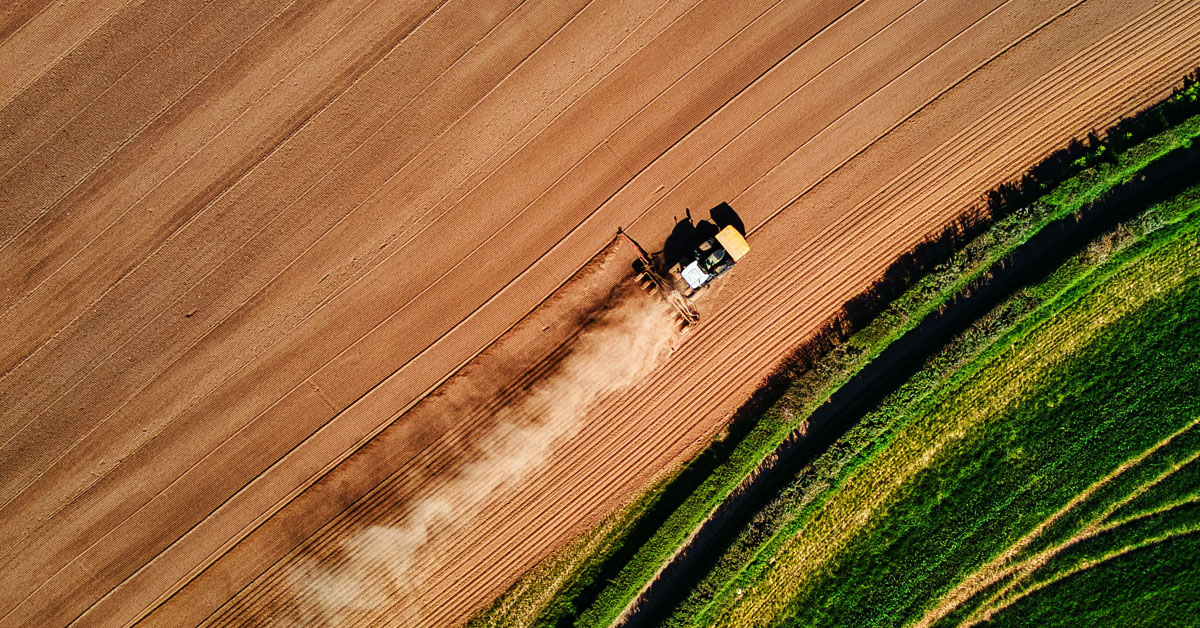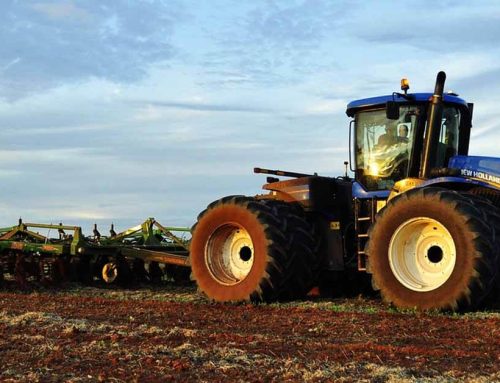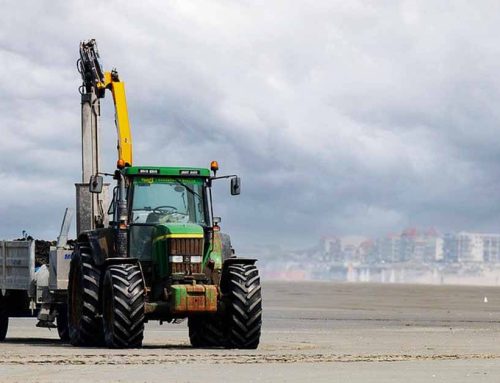The John Deere 2320 is a compact utility tractor known for its versatility, reliability, and suitability for small farms, landscaping, and property maintenance.
This model is part of John Deere’s 2000 Series and is appreciated for its robust Yanmar diesel engine, hydrostatic transmission, and compatibility with various attachments.
John Deere 2320 Specifications
Here is a list of John Deere 2320 Tractor specs:
| Feature | Specification |
|---|---|
| Engine Model | Yanmar 3TNV76, 3-cylinder diesel |
| Engine Power (Gross) | 24.1 hp (17.7 kW) |
| Displacement | 1.115 L (68 cu in.) |
| Transmission | Hydrostatic, 2-range |
| Fuel Tank Capacity | 23 L (6.1 gal) |
| Hydraulic System | Open center |
| Hydraulic Flow | 21.2 L/min (5.6 gpm) total |
| Rear PTO | Independent, 540 RPM |
| Mid PTO | Independent, 2100 RPM |
| 3-Point Hitch | Category I |
| Rear Lift (24″ behind) | 522 kg (1,150 lb) |
| Weight | 753 kg (1,660 lb) |
| Wheelbase | 1,600 mm (63 in.) |
| Length | 2,770 mm (109.2 in.) |
| Width | 940–1,290 mm (37.1–51 in.) |
| Height (ROPS) | 2,260 mm (89 in.) |
| Turning Radius | 2.04 m (6.7 ft) with brakes |
John Deere 2320 Loader Lift Capacity
Loader (Front-End) Lift Capacity:
At 24 inches behind link arms, the 3-point hitch can lift up to 1,150 lb (522 kg).
Loader models compatible:
John Deere 200CX and similar, with typical lift capacities at pivot pin of approximately 1,000–1,100 lb (varies by loader and configuration).
John Deere 2320 Oil & Fluid Capacities
| Fluid Type | Capacity |
|---|---|
| Engine Oil | 3.2 L (3.4 qt) |
| Hydraulic System | 9.8 L (2.6 gal) |
| Fuel Tank | 23 L (6.1 gal) |
| Coolant | 3.2 L (0.84 gal) |
John Deere 2320 Price Range (Used Market)
-
Typical Used Price:
Prices for used John Deere 2320 tractors range from $8,200 to $19,500 depending on hours, condition, and included attachments. -
New/Aftermarket Cab Price:
Aftermarket deluxe cabs can cost around $7,270 (excluding tax, freight, installation).
John Deere 2320 Common Problems
The John Deere 2320 is generally reliable, but users have reported several recurring issues:
-
Driveshaft Failure:
The driveshaft may fail, often due to lack of lubrication. Regular greasing of the shaft and U-joints is recommended. -
Hydrostatic Transmission Noise:
Noise or rough operation may be caused by worn speed control linkage or defective relief valves. Adjusting linkage and replacing faulty parts can resolve this. -
Starting Issues:
Problems with the key switch or battery can prevent starting. Replacing the key switch or battery typically fixes this. -
Gear Shifting Difficulties:
Hard or rough shifting may result from low oil levels. Checking and topping up engine and transmission oil is advised. -
Hydraulic Quick Connect Leaks:
The hydraulic quick connect couplers are prone to leaking, often due to worn O-rings. Replacing O-rings with genuine John Deere parts is the best fix. -
Transmission Output Shaft:
Some users have experienced the output shaft to the front wheels snapping off, which requires significant repair.
Troubleshooting starting problems in small engines
Troubleshooting starting problems in small engines typically involves checking a few key components and systems. Here are the most common causes and how to address them:
1.Inspect the Spark Plug
Check for wear, cracks, or carbon buildup on the electrode.
Use a spark plug tester to verify if it produces a spark.
Replace the spark plug if damaged or no spark is detected.
(Spark plug issues are a leading cause of no-start conditions).
2.Clean or Repair the Carburetor
Old fuel can leave sticky residue, clogging fuel passages and disrupting the air-fuel mixture.
Use carburetor cleaner to remove minor clogs; for severe buildup, a rebuild or replacement may be necessary.
Ensure the fuel shutoff valve is open and fuel is reaching the carburetor.
(Carburetor clogs are a frequent cause of starting failure).
3.Check the Fuel Quality and Fuel System
Use fresh fuel and a fuel stabilizer to prevent residue buildup.
Inspect the fuel tank vent; a blocked vent can create a vacuum preventing fuel flow. Loosen the cap slightly to test.
Replace fuel filters if clogged.
(Old or contaminated fuel and blocked vents can cause starting issues).
4.Test the Ignition Coil and Electrical Connections
The ignition coil supplies voltage to the spark plug; a defective coil will prevent ignition.
Use a multimeter or ignition tester to check coil continuity.
Inspect wiring and connections for damage or corrosion.
(Ignition coil failure is another common cause of starting problems).
5.Check Compression and Valves
Low compression due to worn piston rings or leaking valves reduces combustion efficiency.
Compression tests can help diagnose these issues.
(Compression problems make starting difficult or impossible).
6.Additional Tips
Use starting fluid cautiously to determine if the engine is getting fuel.
Regular maintenance including replacing spark plugs yearly and cleaning carburetors improves reliability.
If unsure, consult a professional mechanic for compression testing or complex repairs.
By systematically checking these areas—spark plug, carburetor, fuel system, ignition coil, and compression—you can identify and fix most small engine starting problems effectively.
Final Thoughts
The John Deere 2320 remains a popular choice for property owners and small-scale farmers due to its balance of power, versatility, and attachment compatibility.
Regular maintenance, especially of the driveshaft and hydraulic connections, is key to long-term reliability.
When purchasing used, inspect for common issues and verify service history for best results.






Leave A Comment